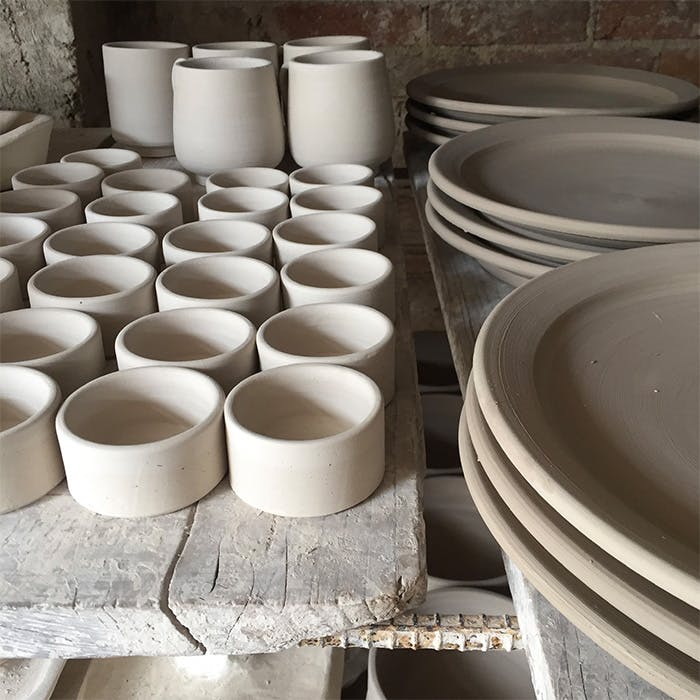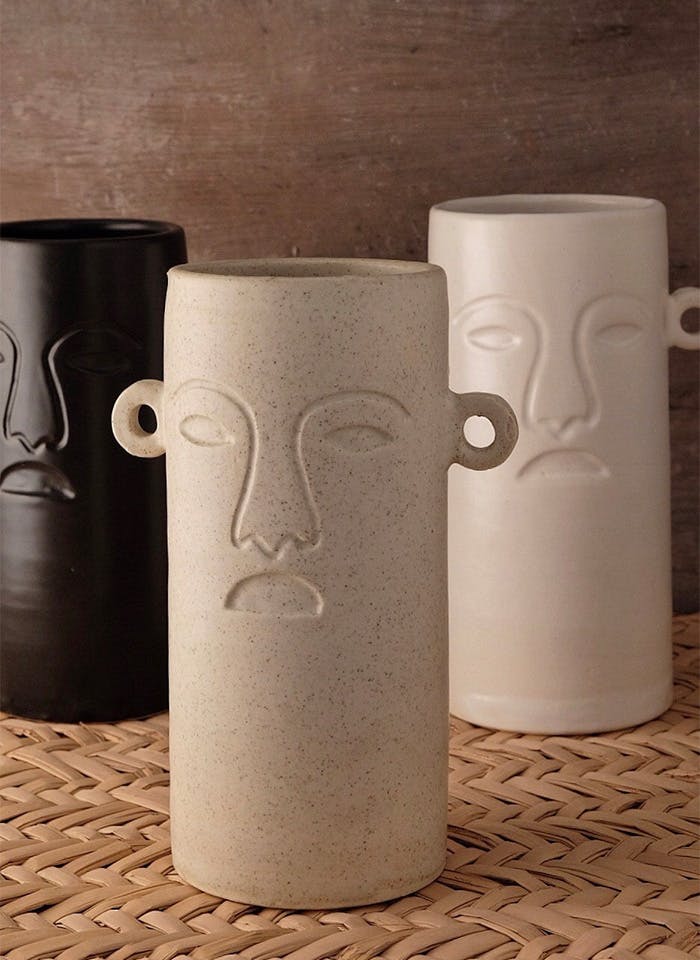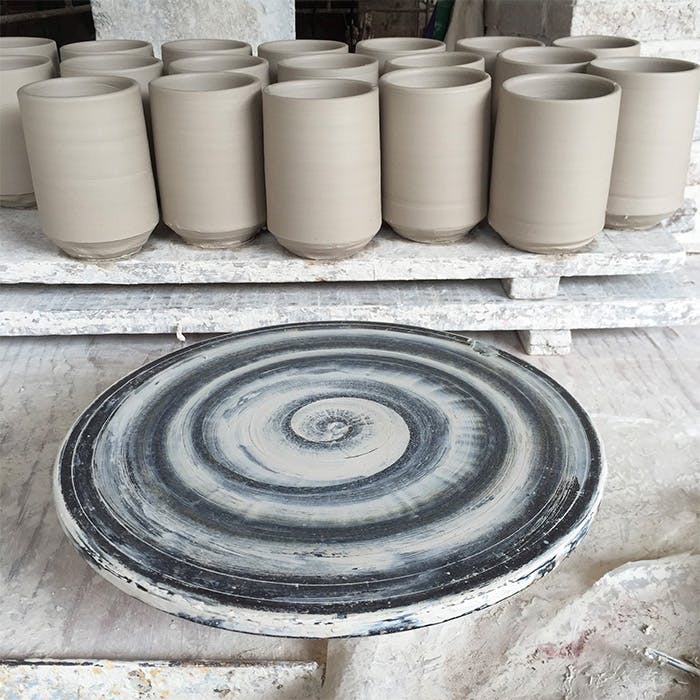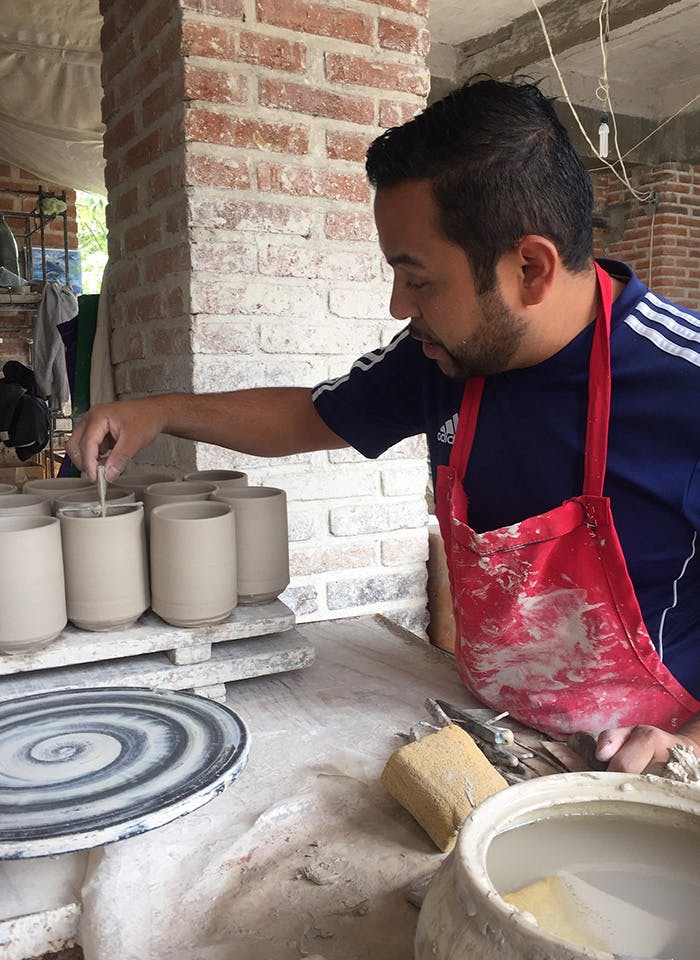
Remarkable High Temperature Ceramics
You may have noticed that ONORA has many pieces made of stoneware. Stoneware refers to the type of clay used, as well as a high-temperature firing process. High Temperature pieces are uniquely fired in kilns with temperatures between 1200°C and 1300°C.
In Mesoamerican times, clay objects were made using low firing techniques, in wood ovens that only reached temperatures of 800°C. Later, hotter wood and gas kilns were more commonly used, since they reduced the need for both wood (which can be scarce) and lead glazes which can be troublesome for health.
The High Temperature Ceramic technique, however, became popular in Mexico in the 1950s and 60s. Stoneware, pioneered by Jorge Wilmott, was particularly favored. These ceramics fired at higher temperatures quickly caught the attention of FONART (the Mexican government body that promotes artisan crafts). As a result, they trained local potters in the technique and installed facilities around the country. This was a significant launch pad from which many artisans started their own workshops.
All the stoneware pieces in our collections are shaped either by hand, mold, or wheel before being left to partially dry. Any imperfections are smoothed away with burnishing tools before the piece dries completely. They are then given their first firing at 950°C, after which they are hand glazed, and designs are etched into the surface. Finally, they are fired for a second time at temperatures that reach as high as 1300°C, making them durable and strong.
Our Zabi, and Chula collections are beautiful examples of this technique. All boast geometric designs reminiscent of pre-Hispanic pottery but vary in color, glaze, and pattern design.






